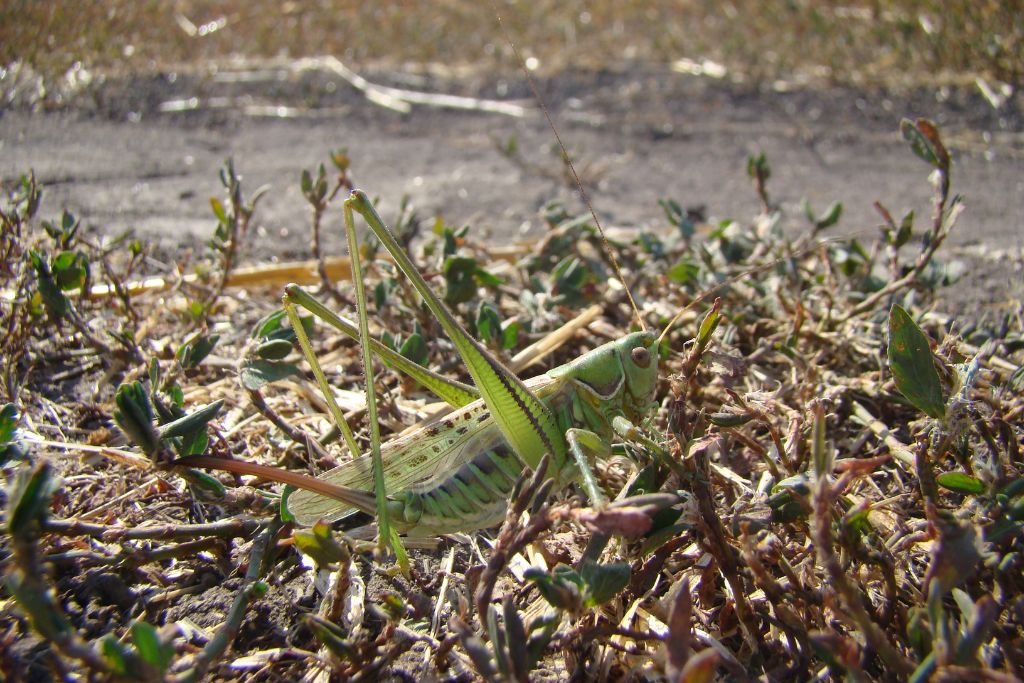Billions of grasshoppers invaded crops in Sardinia, Italy’s second-largest island, threatening crops across 60,000 hectares of land. Hundreds of farmers, who were already struggling with rising costs and exceptional drought, now demand compensation, as the worst locust invasion in decades sends months of work and investments up in smoke.
—
There is no break this summer for Italian farmers. Sardinia is dealing with what has been described as “the worst locust invasion in more than three decades”. Huge swarms of locusts – grasshoppers that are infamously known to be the most destructive migratory pest in the world – have made their way to the country’s second-largest island, decimating crops and vegetable gardens across thousands of hectares of land.
A small, one-square-kilometre swarm can be made up of 80 million locusts. Combined, they can consume the same amount of food in one day as 35,000 people, while larger swarms can eat an amount of food that would be sufficient to feed 81 million people.
While locust invasions are nothing new for the country, experts have no doubt that rising temperatures and consistent lack of rain significantly worsened the situation. Indeed, swarms make their way to the island every year. Up until now, 2019 was remembered as the worst outbreak Italy experienced in more than half a century. Back then, however, locusts destroyed an area of around 2,000 hectares. This year, they are expected to damage crops across nearly 60,000 hectares of land.
Swarms formed nearly a month earlier than usual, attracted by hot temperatures and the extremely dry and compacted soil that makes the perfect conditions for laying eggs.
You might also like: Is Climate Change Causing Locust Swarm Resurgence?
The locust invasion adds to a long list of problems the country is currently facing. Italy was already critically impacted by the wheat and corn shortages triggered by the Ukraine conflict. To make matters worse, global warming-triggered water shortages are now exacerbating national food supplies.
Italy is experiencing a historic drought that has dried up its longest and most important river. The vast valley around it – the Po Basin or Po Valley (Italian Pianura Padana) – is the main industrial and agricultural area of the country. As the severe heatwave takes its toll on crops, the government was forced to declare a state of emergency in five northern regions.
As the locust invasion brings families and companies to their knees, compromising months of work and investments, the affected farmers now demand compensations to cope with a sharp decline in their income. Less than two months ago, regional authorities approved €2 million in compensation for farmers whose crops were destroyed by locusts in 2021.
You might also like: Longest River in Italy Is Drying Up, Threatening Local Agriculture and Hydroelectric Supplies


















